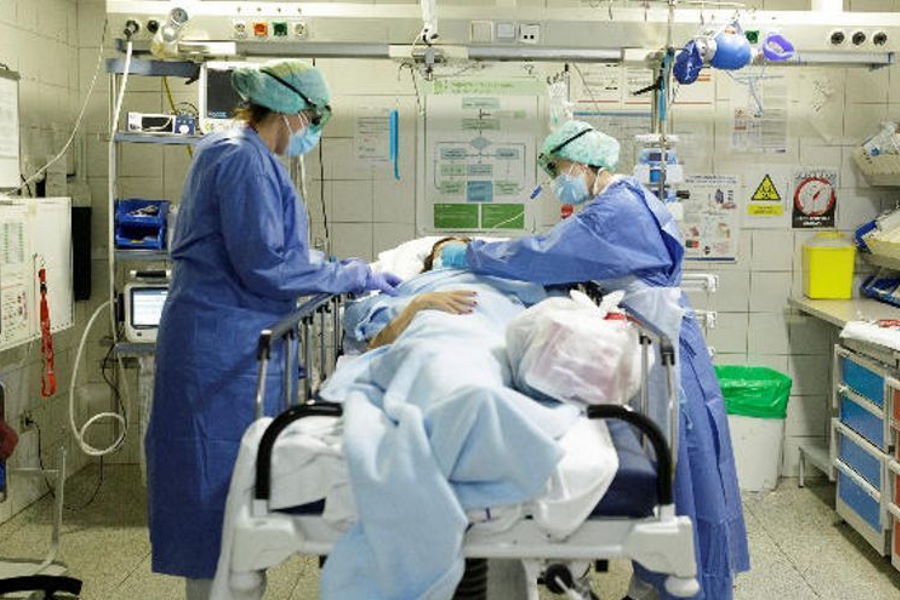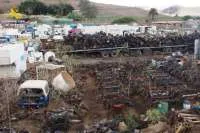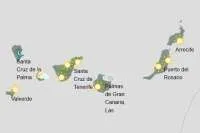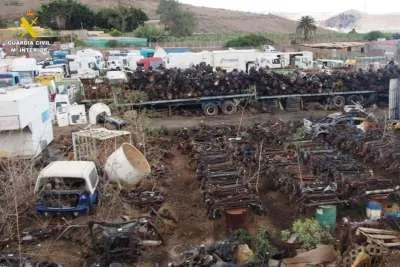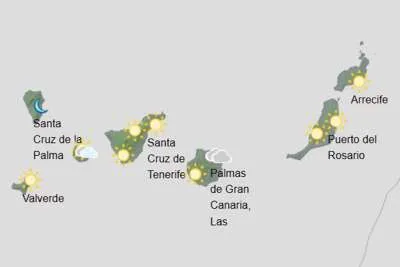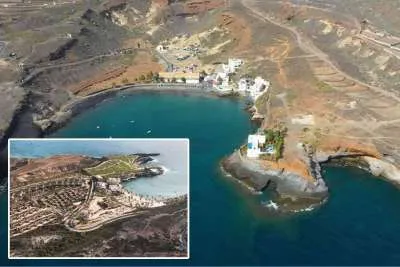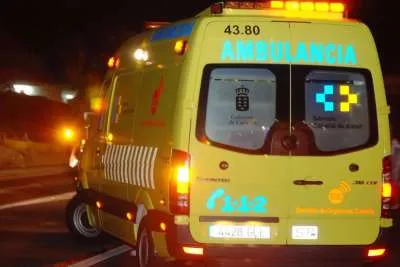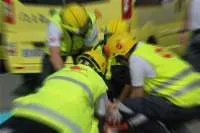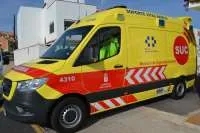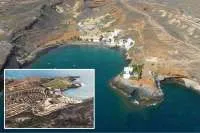Why Tenerife is going to Level 4 and Lanzarote to Level 3 from tonight
- 09-01-2022
- National
- Canarian Weekly
The Governing Council of the Canary Islands agreed Friday to update the health alert levels after the epidemiological report of the General Directorate of Public Health on the evolution of health indicators for Covid-19 over the last week, which sees the island of Tenerife move to alert level 4 and the islands of La Palma and Lanzarote to alert level 3.
The rest of the islands continue for another week at the level they were already in, which is: Gran Canaria and Fuerteventura at Level 3, and La Gomera and El Hierro at Level 2.
The level changes for Tenerife, Lanzarote, and La Palma come into force tonight at midnight (00:00h on Monday) and will last for at least two weeks until the 24th with periodic re-evaluations, remembering that an island must be in an alert level for at least 14 days before being lowered.
An overview of the epidemiological report that the Governing Council reviewed, showed that in the archipelago as a whole, there were 24,896 new cases of Covid-19 detected in the last week, representing an increase of 46.5% in the daily average of new cases compared to the previous report.
The 7-day incidence rate in the Canary Islands also increased by 46.5%, so that from a weekly average of 781 cases per 100,000 inhabitants, it went to 1,144 cases. The greatest rise was observed in Lanzarote this last week, but all the islands are at a very high-risk level in this indicator, as is the case with the 7-day incidence in people over 65 years of age, and in the 14-day incidence rates that are at very high risk on all of the islands.
This increase in incidence responds to the behaviour of greater mobility of the population, and is happening throughout Europe, and is marked by the predominance of the Omicron variant, which is now known to be up to 80% more transmissible.
It is common knowledge that Tenerife has seen an upward trend in the indicators of accumulated incidence rates at a very high-risk level, and the care indicators for occupancy of ICU beds is also now at very high-risk level, which has determined the move to alert level 4.
Lanzarote and La Palma are going to level 3 tonight because they are currently in a situation of high risk of transmission, due to a very abrupt worsening of the epidemiological situation in the islands, with an exponential increase in the incidence rates over 7 days in both islands in the last week.
Gran Canaria remains at Level 3 although the evolution of healthcare indicators will continue to be closely monitored, in case very high impact levels in hospitals are reached over the next 7 days.
Healthcare indicators:
The indicators for risk assessment and alert levels of Covid-19 transmission were modified at the end of November by the Ministry of Health, given the advancement of vaccination coverage, for which a revision was made of the thresholds of the incidence indicators, focusing more on hospital pressure and admissions.
In this way, the daily average of conventional hospital beds occupied by Covid patients increased by 40.5% compared to the previous week, and remained at medium risk, with an average of 399 occupied beds.
However, the percentage of occupancy in Tenerife is at a high-risk level; in Gran Canaria and Fuerteventura at medium risk; in Lanzarote, La Palma and La Gomera at low risk; and in El Hierro in controlled circulation.
ICU occupation in Tenerife, at very high risk:
The number of ICU beds occupied by Covid patients maintains the upward trend that began six weeks ago, increasing by 26.9% compared to the previous evaluation. In the islands as a whole, an average of 67 ICU beds occupied two weeks ago, increased to 85 in the last week, with an occupancy percentage of 16.5%, has risen to high risk.
Tenerife rises to a very high-risk level in ICU occupancy, Gran Canaria remains at a high-risk level, while the rest of the islands are in controlled circulation with very low or zero levels.
Median age of people hospitalized:
The median age of the people hospitalized for Covid-19 in the last 30 days is 67 years in wards, and 63 and a half years old for those admitted to ICU, all of whom are older than 30.
52.5% of the people admitted to ICU units, diagnosed during the last 30 days, had not been fully vaccinated. This is data is to be taken in context, in which more than 80.6% of the Canary Islands population is vaccinated; therefore, it is 52.5% of the 19.4% of the unvaccinated population that are in ICU.
Image to illustrate the context of hospitalisations between vaccinated and unvaccinated patients
In total, 80.1% of the people admitted and diagnosed for Covid in the last 30 days had no previous pathologies. This percentage is higher in unvaccinated patients, where 87.8% had no other known pathologies.


